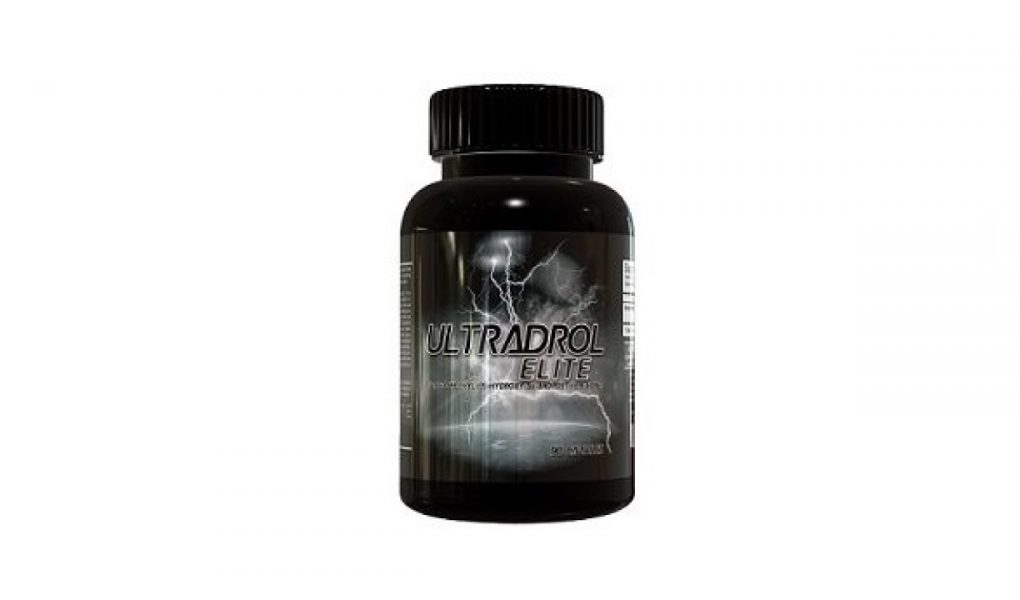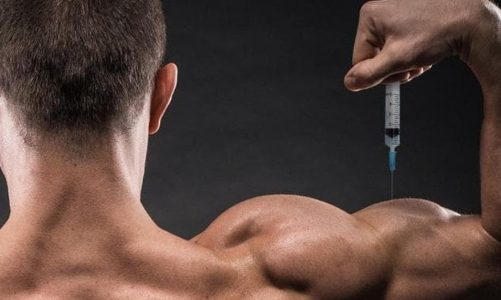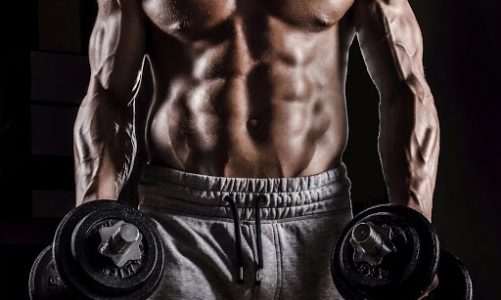METHYLSTENBOLONE [ 2,17a-methyl-5a-androsta-1-en-17b-ol-3-one ] is sold under various names such as M – Sten, methylsten, methylstenbolone, 17a-methylstenbolone, ULTRADROL.
 This steroid was developed along with others in what may be considered the last group of steroids, after which research on this type of compound was silently stopped for disgusting reasons that we discussed several times (except for the launch of French nigma by trenbolone tablets in 1976 (ref. policy of political and economic independence of France during that period) Many steroids of this group, which were never sold as a medicine, are sold today in the form of dietary supplements under the definition of “prohormones”:
This steroid was developed along with others in what may be considered the last group of steroids, after which research on this type of compound was silently stopped for disgusting reasons that we discussed several times (except for the launch of French nigma by trenbolone tablets in 1976 (ref. policy of political and economic independence of France during that period) Many steroids of this group, which were never sold as a medicine, are sold today in the form of dietary supplements under the definition of “prohormones”:
- Desoxymethyltestosterone (Pheraplex)
- Methyl-1-Testosterone (M1T)
- 17a-methyl-1-androstenediol (M1-alpha).
These molecules have been tested against known anabolic drugs that are still in use today, namely oxymetholone, oxandrolone, stanazolol and methandrostenolone (anadrol, anavar, winstrol and dianabol): the results are quite shocking with today’s eyes; in fact, even the “weakest” of these new compounds (namely methylstene) have shown anabolic potency clearly superior to most popular products. In particular, methylsthene, taken orally, exhibited 124androgenic / 660 anabolic activity for methyltestosterone, that is, approximately 110/800 for testosterone. Despite its “weakness” compared to other new compounds, methylstene was shaken off in 2007 due to the ongoing guerrilla war between the FDA and prohormone manufacturers, which is now causing Pheraplex, M1T and M1-Alpha to end illegally.
From a structural point of view, Methylstenbolone is considered to be a mixture between Superdrol and Methyldeidroboldone (M1T): this might seem reasonable given that Methylstenbolone is Stenbolone methylated at C-17, while Superdrol is only methylated Masteron at C- 17, and M1T, in turn, is the methylated dehydroboldenone at C-17. Obviously, this type of methylation increases oral bioavailability, while what is less known is that it increases the stability of the keto group at C-3, making it more resistant to degradation by 3-dehydroxygenase required for receptor binding. In addition, methylation at C-17 increases the refractory nature of SHBG, making the compound more biologically active.
Now add the fact that Stenbolone, like Masteron, sees in comparison to the basic structure of DHT the addition of a methyl group at C-2, which increases the stability of the androgen receptor, whereas the double bond at C4-C5 is typical of Boldenone, dydroboldenone and Methyldeidroboldenone (M1T) also increase the affinity for androgen receptors. Instead, there is a C-1 ethylene group typical of M1T (and similar to oxymetholone), which greatly increases the affinity for non-AR and possibly non-genomic receptors in general. The result is a molecule with an affinity for mixed receptors that is very potent, clearly hepatotoxic and, when reduced by 5 alpha, is completely free of aromatization.
So more anabolic than M1T itself? Would the estimate of the anabolic capacity of methyl wall be underestimated, at least on paper? Only partially and in a certain sense, like M1T, due to the interaction between alpha-methylation of C-17 and the double bond in C4-C5, it stimulates mineral-corticoid activity, followed by marked water retention, which, on the one hand, increases the water content in muscle cells. (by increasing the volume in a somewhat artificial way), on the other hand, stimulates protein synthesis.

The main side effect, as I already mentioned, is great toxicity to the liver, but not only: it, like all methylated C-17, has a profound effect on lipid balance, altering it to the detriment of HDL. In addition, antigonadotropic activity is noted, although lower than that of flavored products, as well as nandrolone and its derivatives, and is essentially associated with its pronounced absolute androgenic activity (slightly higher than that of testosterone), even if it contains a relative (therapeutic index is almost 8). These characteristics recommend female use only at very low dosages, which, however, retain remarkable anabolic activity, given the strength of the molecule.
Being a mixed affinity product, it can be used in virtually any type of association, but if the area narrows down to products, sold as prohormones, it is one of the few compounds with an affinity for more than just AP.




